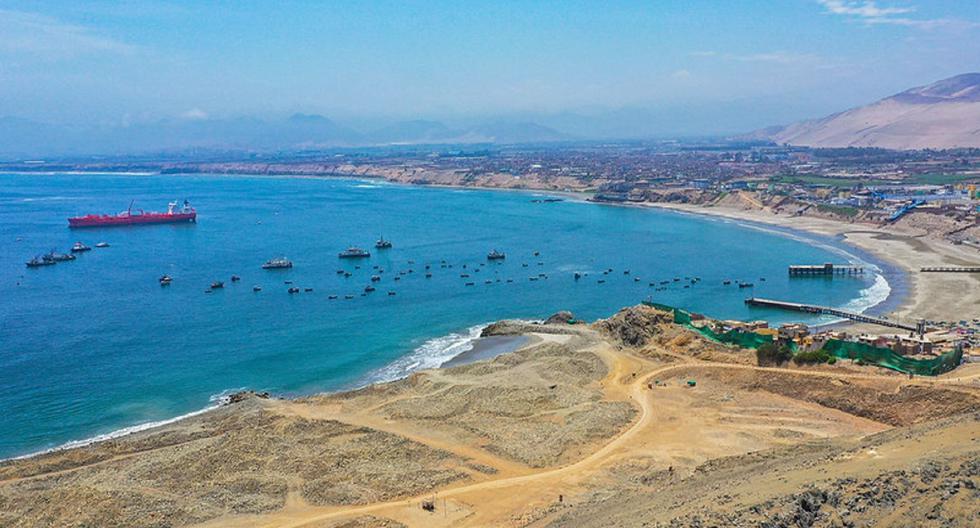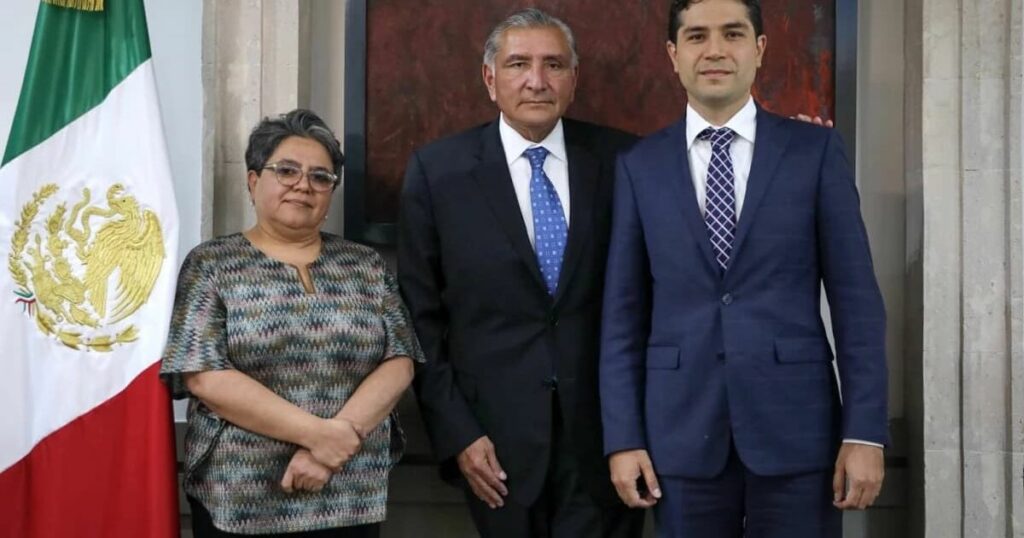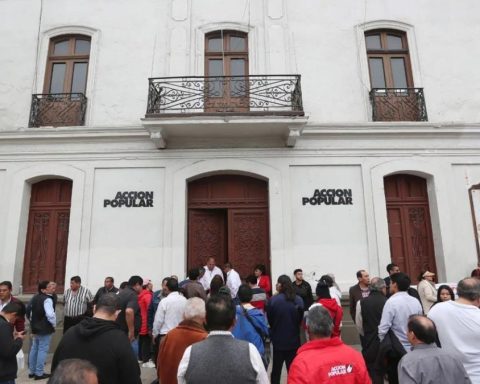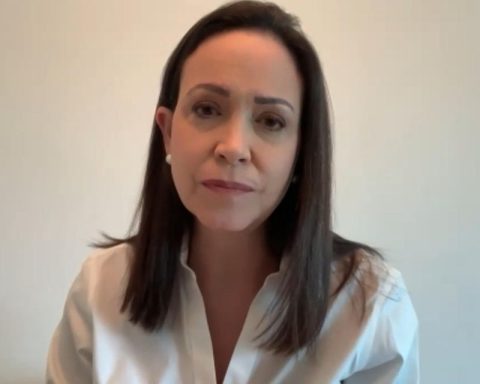The second edition of the Credicorp Financial Inclusion Index (IIF), which measures access, use and perceived quality of financial services and products in Panama, Bolivia, Colombia, Chile, Ecuador, Mexico, Peru, Argentina, was presented by Credicorp conglomerate of regional financial companies with a presence in Panama through Banco de Credito del Peru (BCP) and Atlantic Security Bank (ASB).
The study, prepared by Ipsos, is carried out for the second consecutive year from the demand side (customers), who through more than 13,000 surveys assessed the three dimensions of the study and conclude that for Latin America, the IIF reflects a medium-low level, with a score of 44.2 (on a scale of 0 to 100, where a higher score means a better level of formal financial inclusion), having an increase of six points compared to 2021.
Of the countries analyzed, Panama continues to lead the list with the best performance with 54.6, two points more than last year; Chile follows with 52.3 and Argentina with 49.0, who joins this year’s study as a new member.
“The IIF 2022 provides moderately encouraging results for the region compared to what was reported last year. However, it is still necessary to continue working to improve access, use and the perceived quality of the financial system. In the case of Panama, the growth shown in terms of knowledge of formal financial products is noteworthy, as well as the role that digital tools have been taking, which we consider to be key to the decentralization of services in the country.”, mentioned Javier Ichazo, Head of Microfinance at Credicorp.
Panama results
The study showed that Panama exceeded the regional average in the dimensions of access and quality.
- Dimension access: assesses financial infrastructure, product knowledge, and product ownership. Panama’s score stood at 52.7 (regional score: 45.4) ranking third, after Argentina (56.1) and Chile (54.5). Panama continues to be the country where users have the greatest knowledge of formal financial products, with savings and current accounts, debit and credit cards, and now insurance, being the best known; however, despite the fact that it is not among the first products, mobile wallets are beginning to be relevant among users. In addition, like last year, Panamanians mentioned that they have at least 3 savings/insurance products (3.33), highlighting debit cards (53%), savings accounts without card linkages (50%) and mobile wallets (47%) as the most common. Panama was listed as the country where citizens have at least one credit product, the most used being personal loans (29%), credit cards (26%) and home loans (22%). Likewise, the report highlights that 30% of Panamanian users are clients of at least three or more banks, with private banking being the most prevalent.
Regarding the perceived barriers to having financial products, Panama, after Argentina, is the country where its citizens face fewer barriers of this type. However, 41% of those who mentioned having one or more barriers, highlighted that the main reason why they do not have savings or credit products is because they do not have enough money or their income is insufficient or variable.
“The concept of financial inclusion that we refer to does not only imply having a bank account, as is often assumed, but also implies an efficient and healthy interaction between the person and the financial system. Being properly included in the financial system implies, among other things, having an acceptable level of education on financial concepts, being able to use formal channels to receive income or carry out transactions, and strengthening the use of digital tools,” explains Ichazo.
- Usage dimension: Evaluates components of basic transactions, income and savings. Panama is positioned as second in the table with 41.7 points out of 100 (regional score: 29.2). Unlike last year, which ranked first, Panama is the third country where they carry out the largest number of financial product transactions with an average use of 10 times a month. Panamanians continue to prefer to use cash to make regular purchases and pay for products and services, followed by debit cards and, as a third option, credit cards. Despite this, the report reveals that mobile wallets are beginning to appear as one of the most frequently used products among users of the financial system. Similarly, 45% of those surveyed mentioned that during the last year they made money transfers, of which 64% claimed to have done so through a Mobile Wallet/Account connected to the telephone and 51% through the mobile application of a bank or finance company. Regarding income, Panama is the third country where citizens receive a greater number of income in their personal accounts in financial institutions, of them, 52% claimed to have received their salary or salary, 31% received income for having performed or provided some service, while 15% was for the sale of some product. It should be noted that, just like last year, the importance of savings for Panamanians is shown, since 47% indicated that they save through the formal financial system, making Panama the first country with the largest number of savers, surpassing Chile. , who last year ranked first in this section. Of these, 67% claimed to do it on their own account, while 24% did it somewhere in their home in a piggy bank or under the mattress. Despite this, 53% of Panamanians said they had not been able to save in the last year.
- Perceived quality dimension: evaluates criteria of trust and quality perceived by the surveyed users. It is the dimension where Panama continues to lead the first position of the IIF. 53% of users confirmed that they “trust totally or somewhat” in the financial system, an indicator similar to last year. Also, with a score of 3.31 (on a scale of 1 to 5), users consider that financial institutions in the country enjoy a good image. Regarding the usefulness of digital media, Panama appears with the best evaluation in the area (4.23 on a scale of 1 to 5), considering mobile wallets (76%) and mobile applications (70%) as very good or good. . Similarly, regarding the level of security that users feel leaving their money or transacting in financial institutions, more than 60% of those surveyed indicate that both their money and the transactions they carry out are safe.
To access the report you can click on the following link











